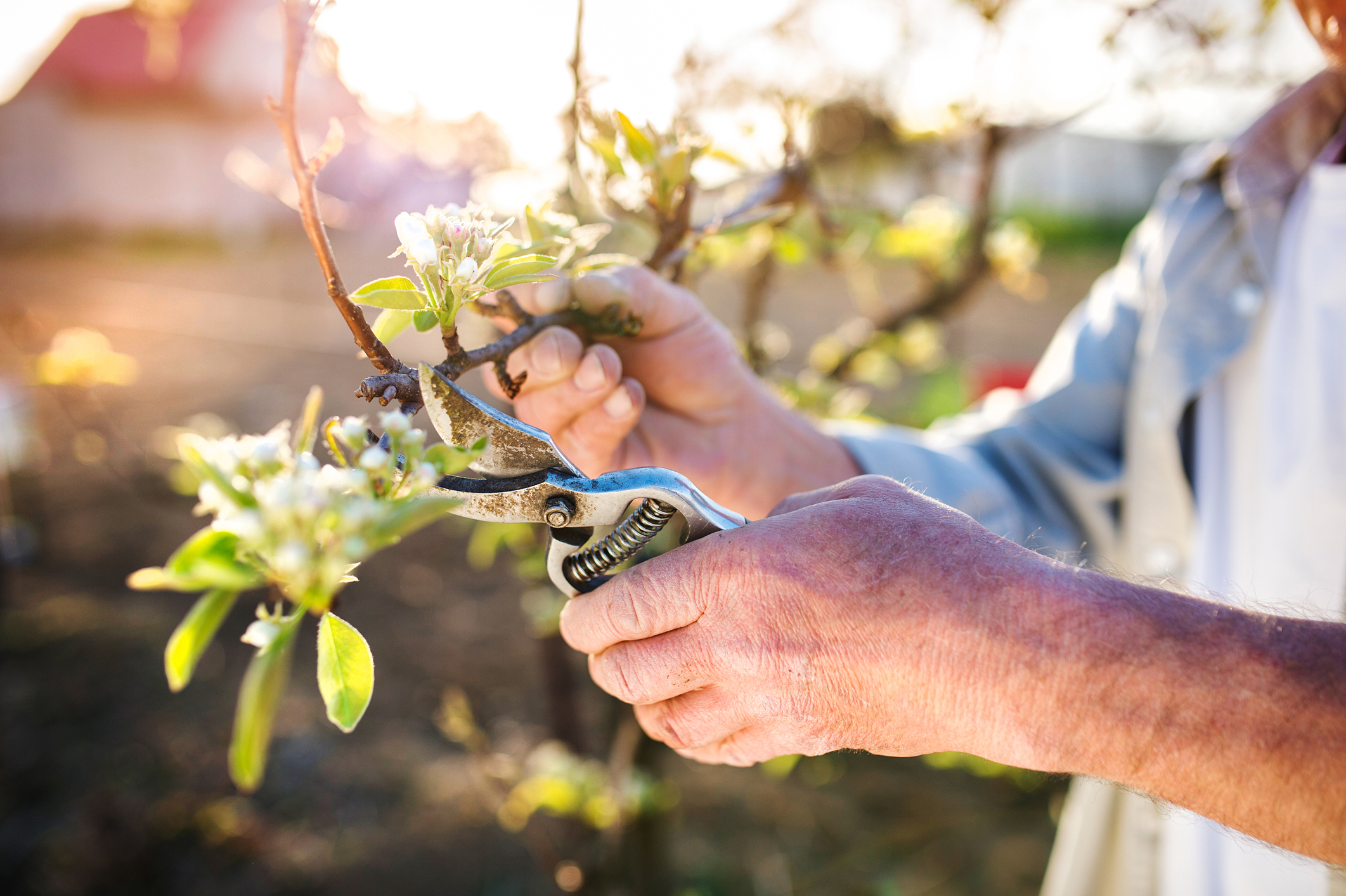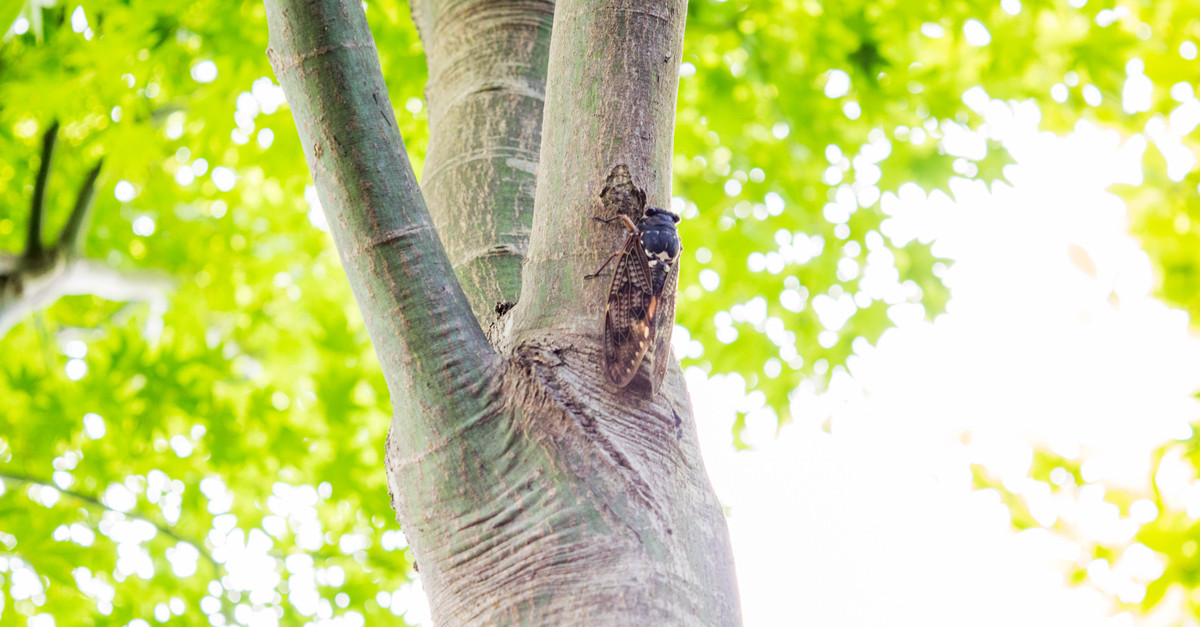Summer Pruning 101
In our last blog we told you all about pruning and how it can affect the trees on your property.
This week, we discuss summer pruning; a process that can prevent slow growth, the spread of disease, and even boost flowering potential. Thinking that summer pruning could be beneficial to your trees? Learn more about the process below.
1. Remove Dead or Diseased Wood
The number one reason to prune in summer is to remove dead wood that might fall and diseased branches that might, if left unchecked, infect the entire tree. When pruning, branches with larger limbs are removed at the intersection or at the trunk of the tree to stop the infection in its tracks. When working with diseased wood, tools must also be disinfected after pruning, a step we’ll cover below.
2. Shape the Tree According to Its Natural Structure
Most trees look best when pruned to their innate structure. In order to achieve this natural look, pruners observe the tree’s natural formation and try to enhance it. During pruning, branches that cross over one another as well as branches that grow back toward the trunk are often removed.
3. Disinfect Your Tools
Trees are not immune to disease in summer, even if they may be slightly less prone than during the fall and spring (due to reduced moisture). This is why pruners always make sure to disinfect their tools before starting a project. Disinfecting tools helps to make sure that potential diseases do not spread from one part of a tree to another or from tree to tree. Many products, from household bleach to rubbing alcohol and pine oil cleaner, can be used as disinfectants, ensuring an easy and safe pruning process for both you and your trees.
Not sure you can handle the pruning job yourself? No problem. We here at Premier Tree Solutions are pros, so you’re guaranteed an excellent job. Get in touch with us here.










